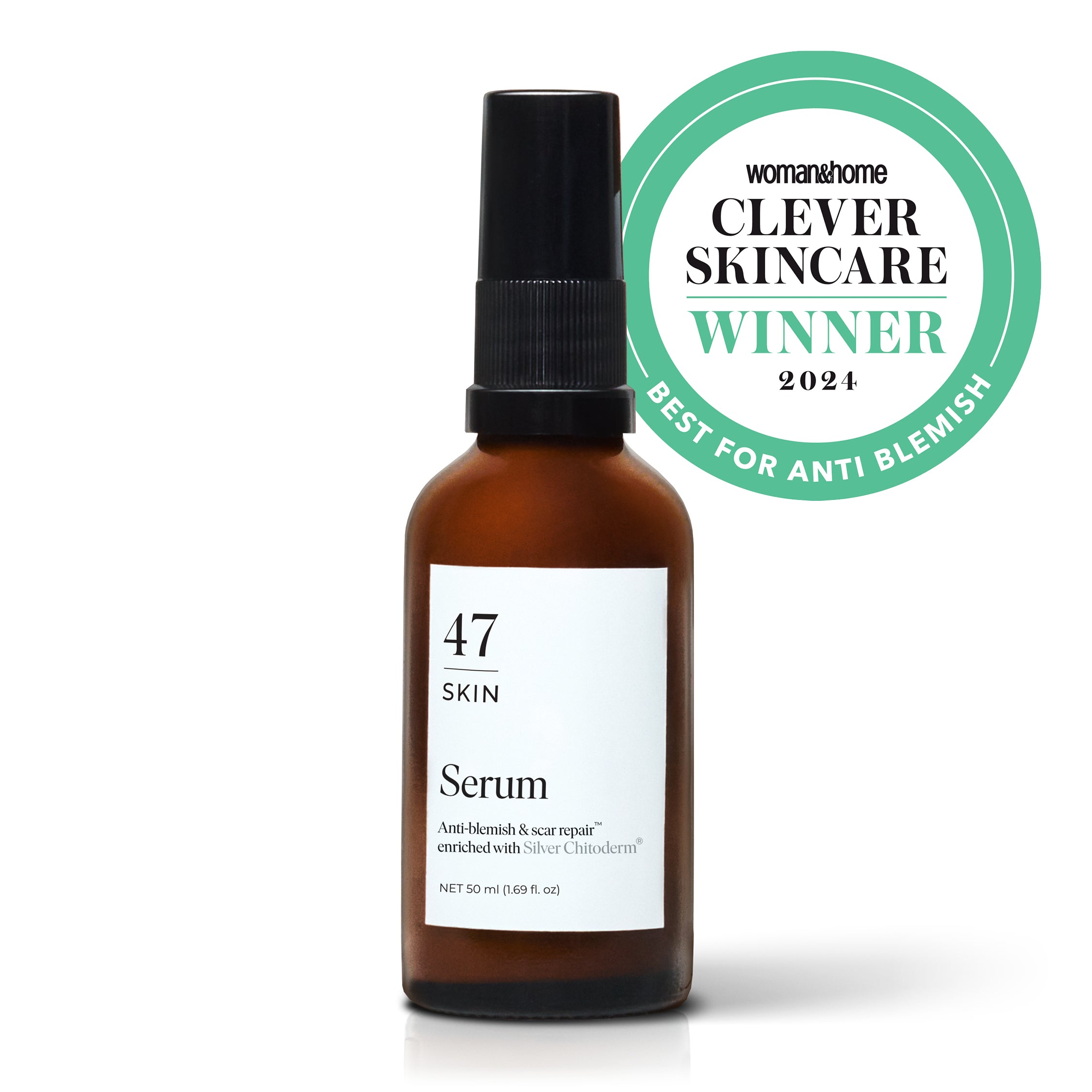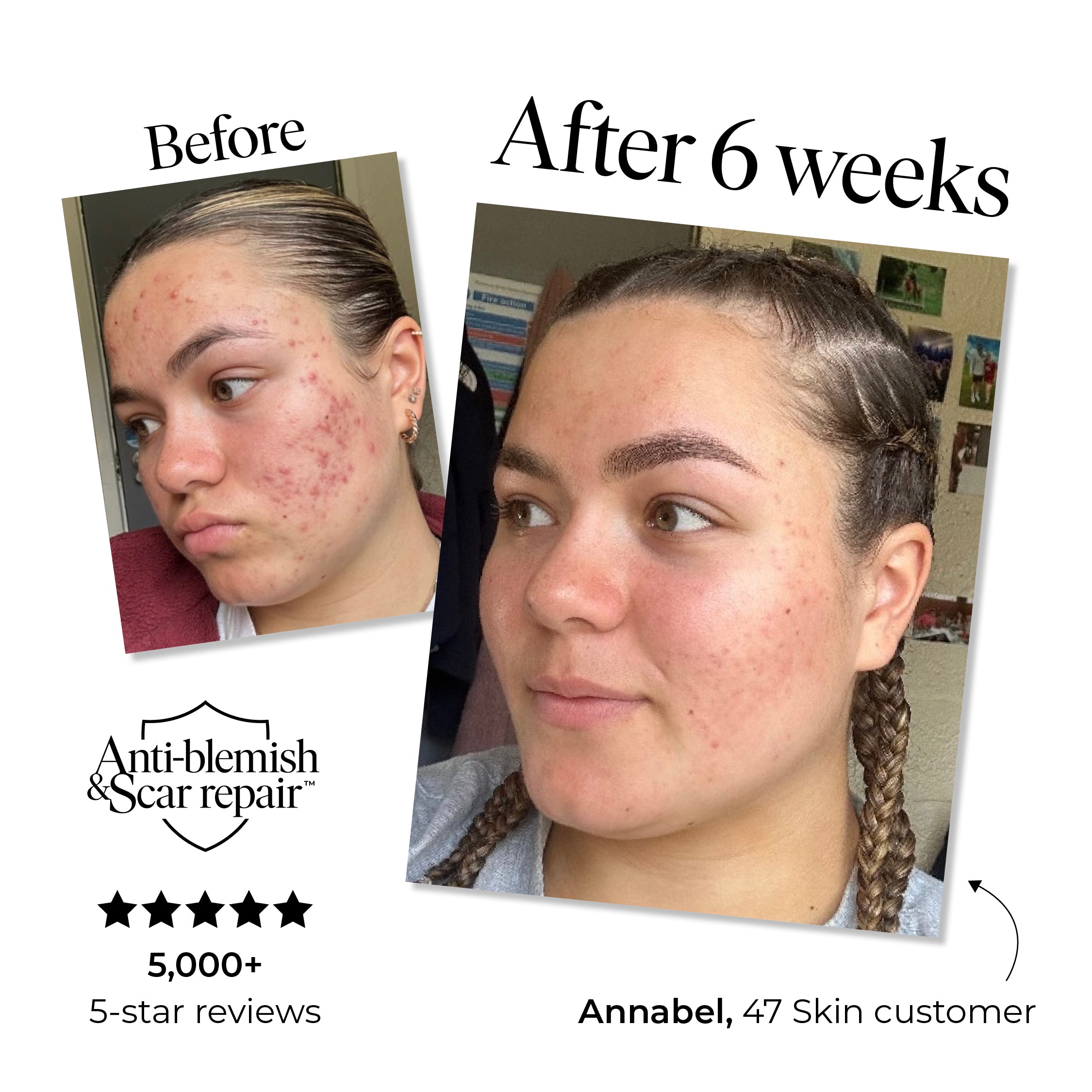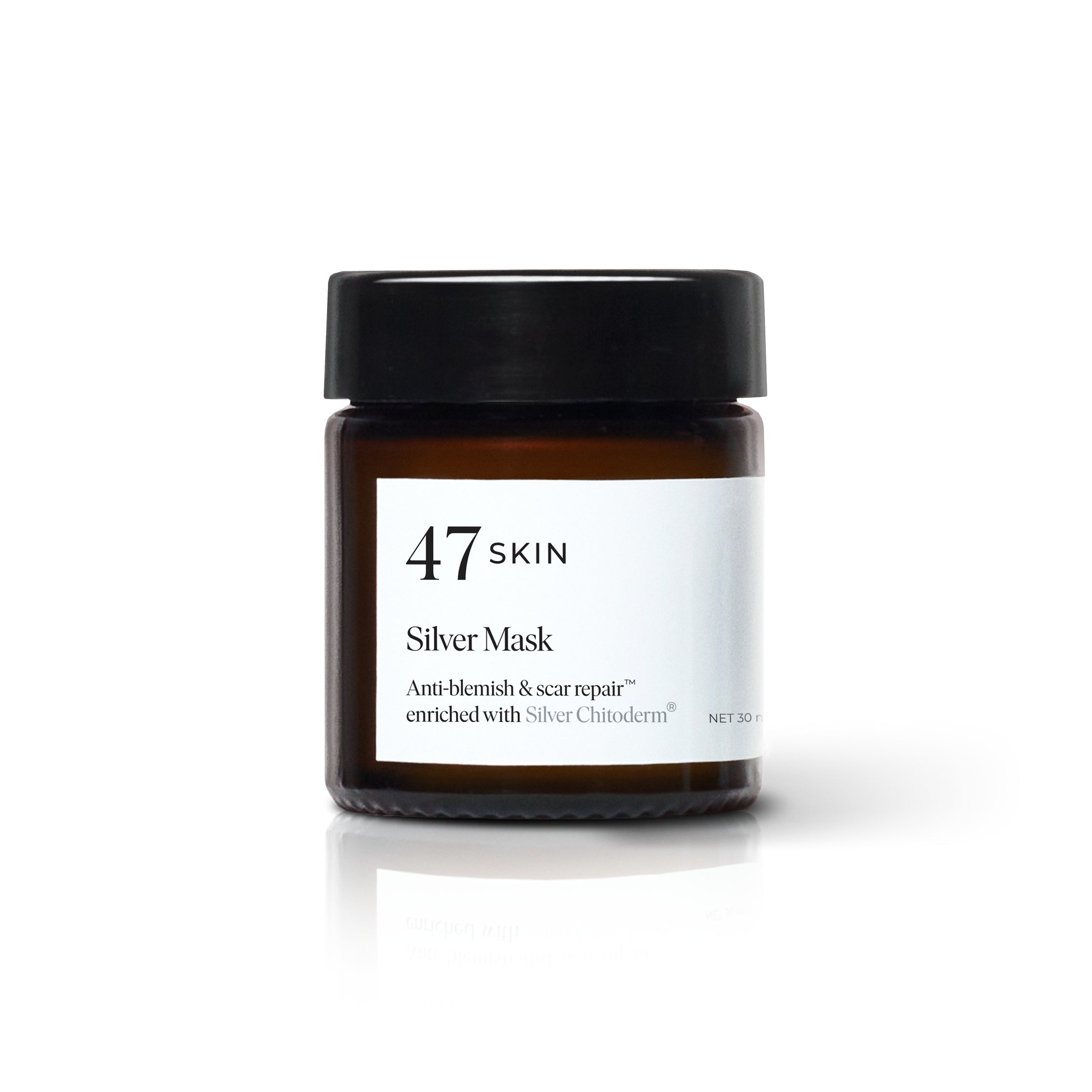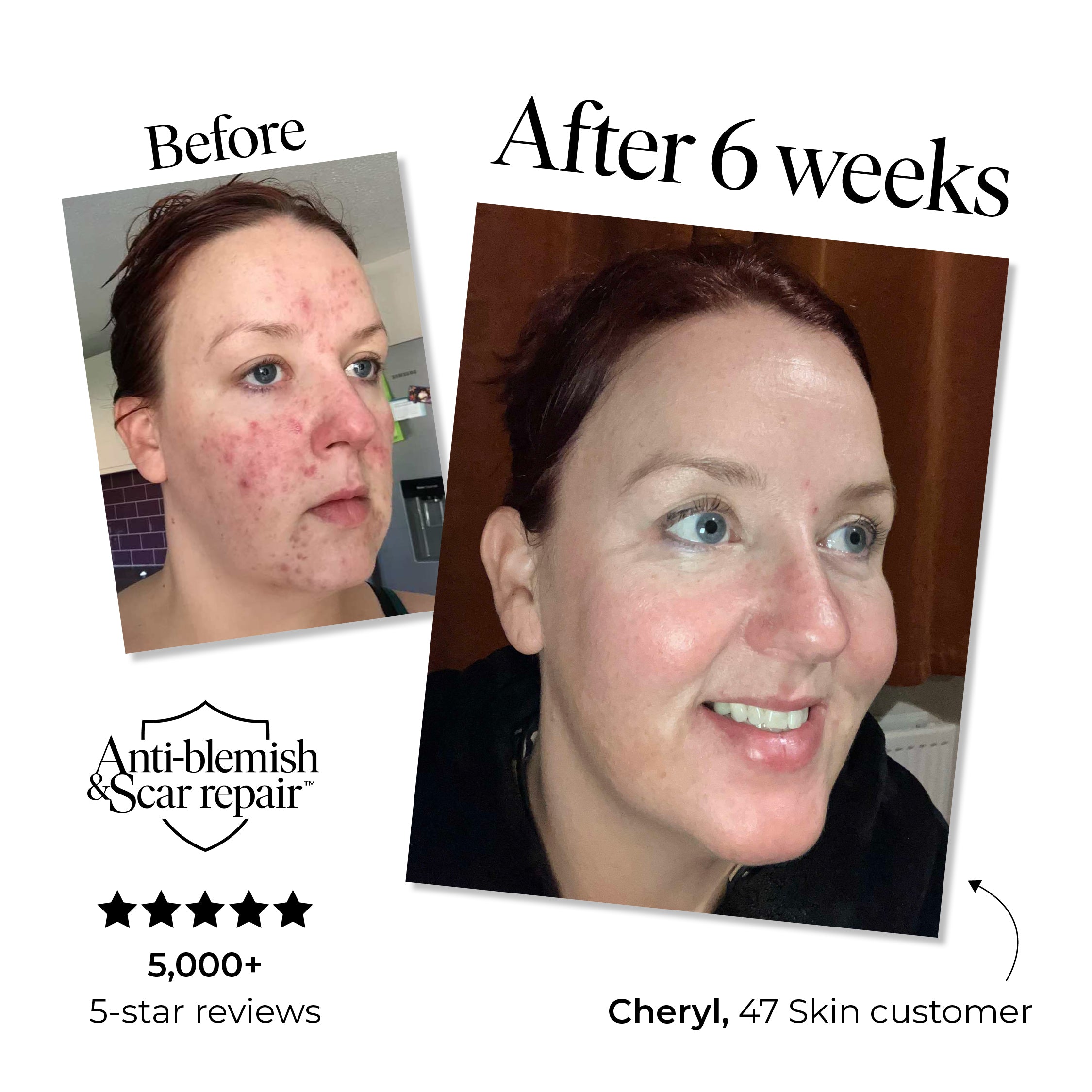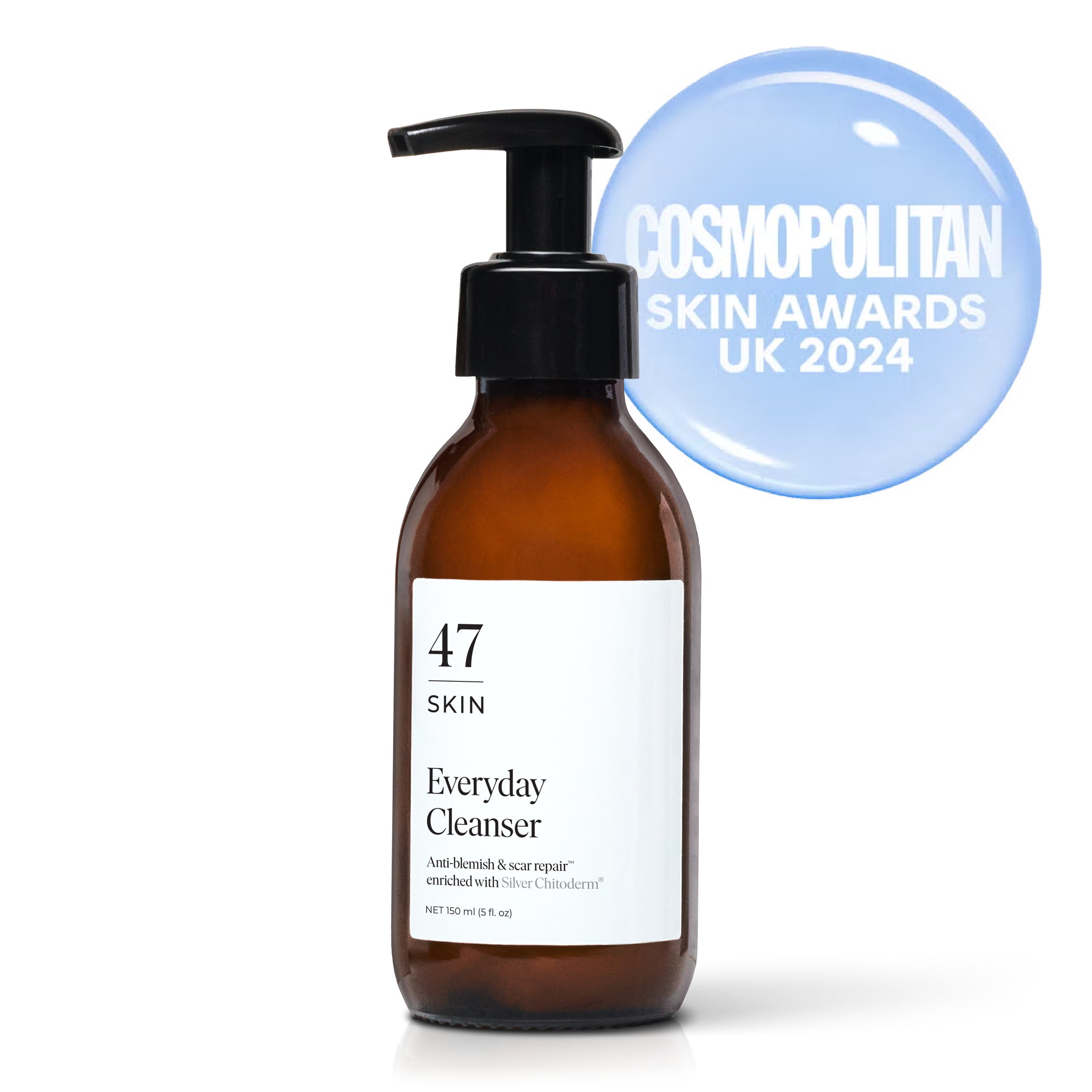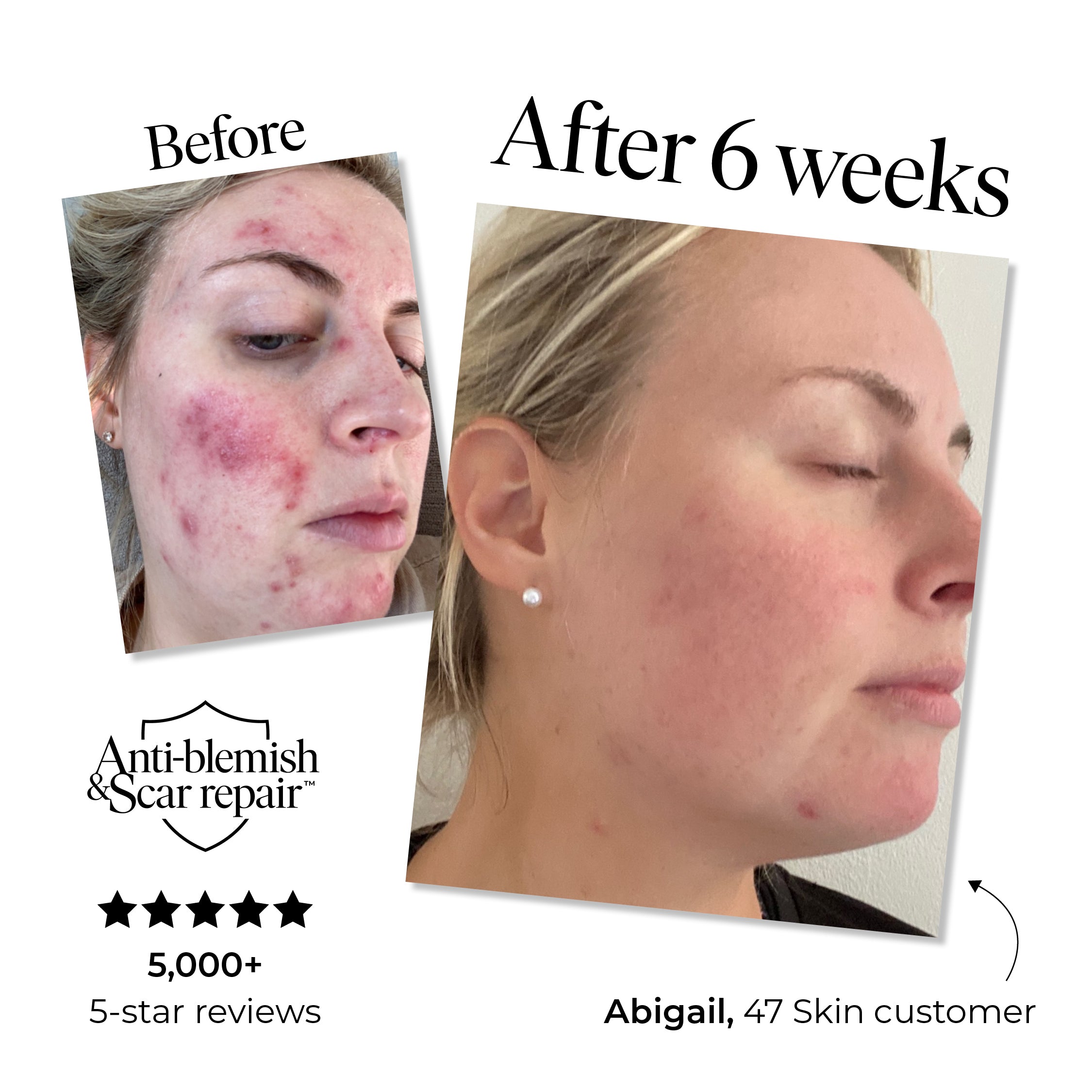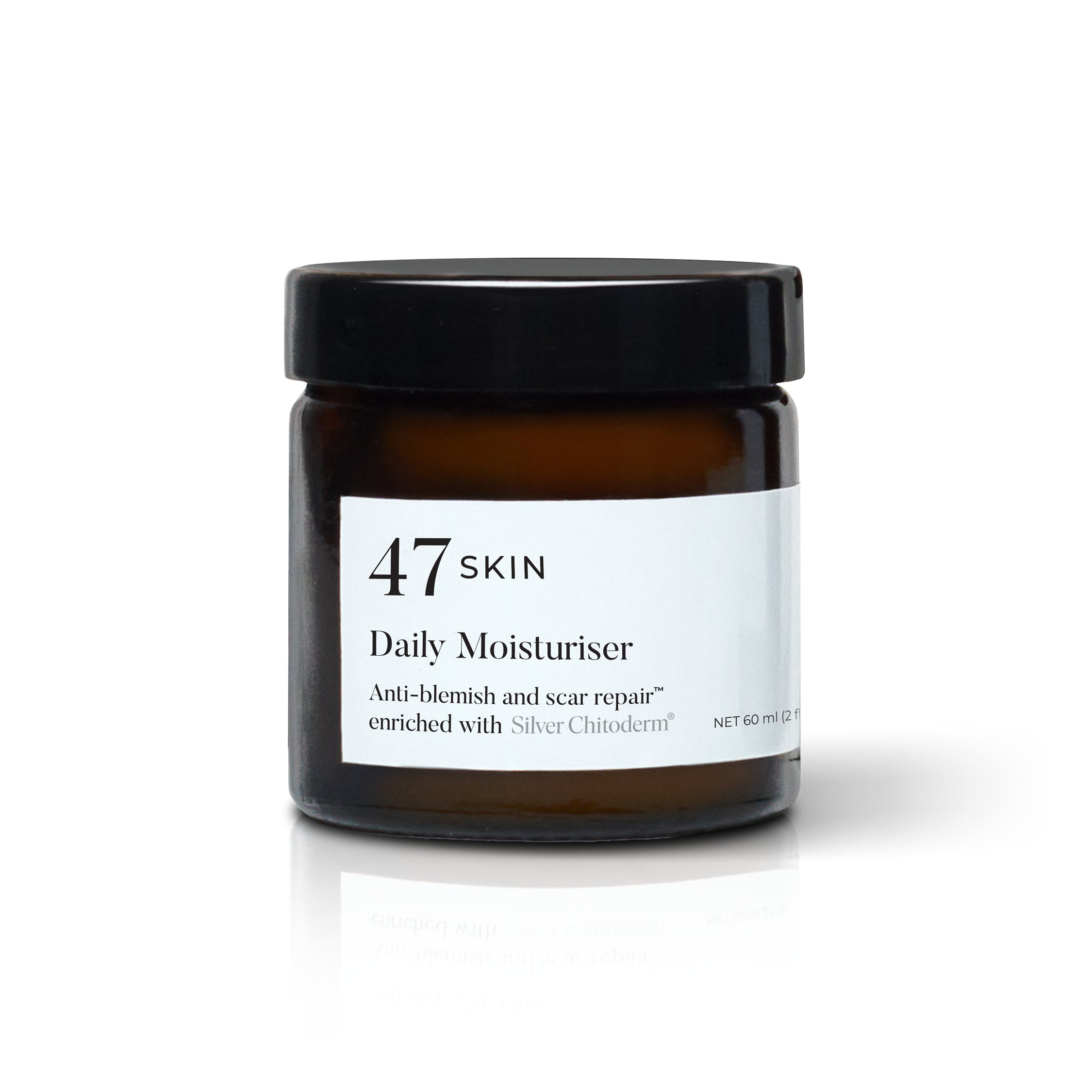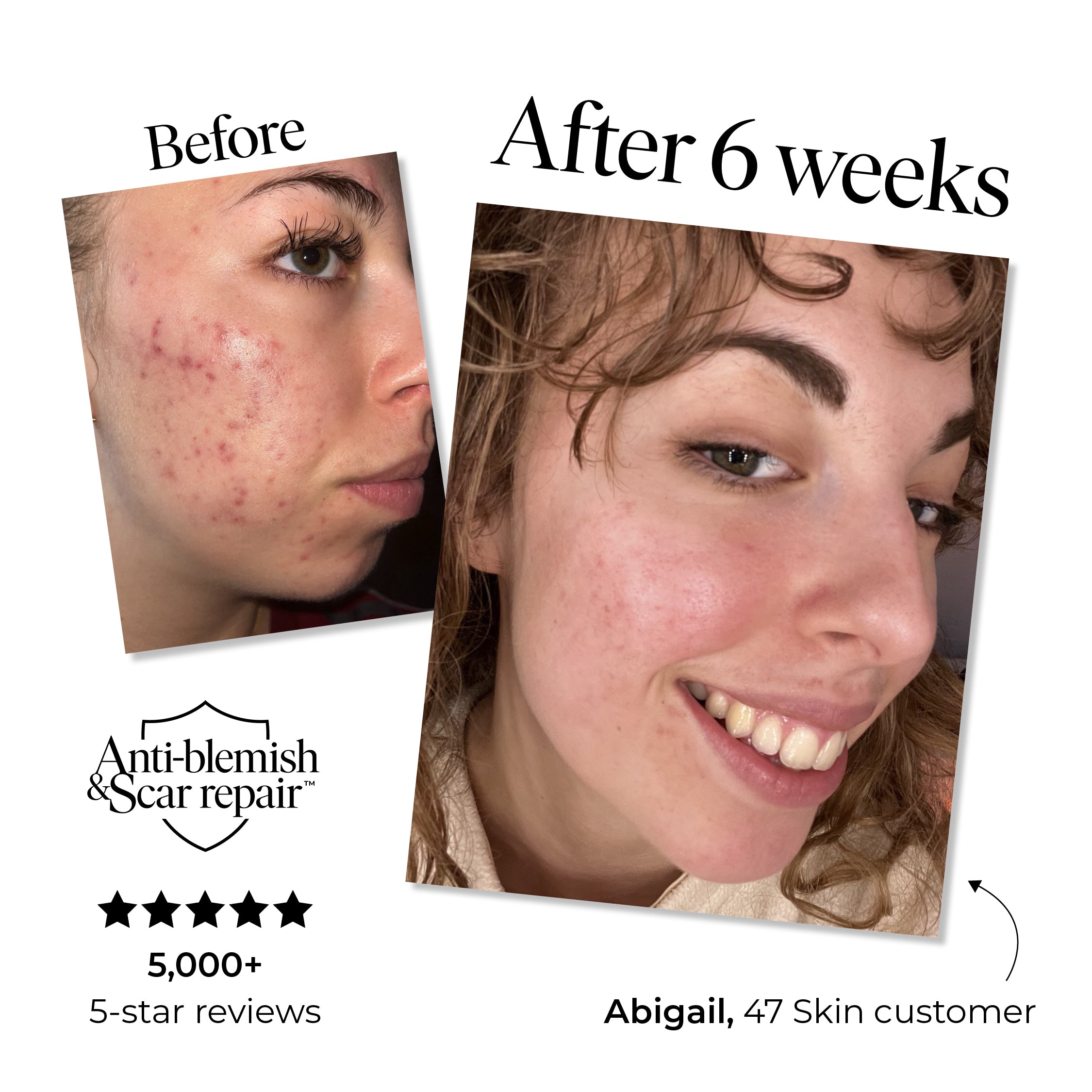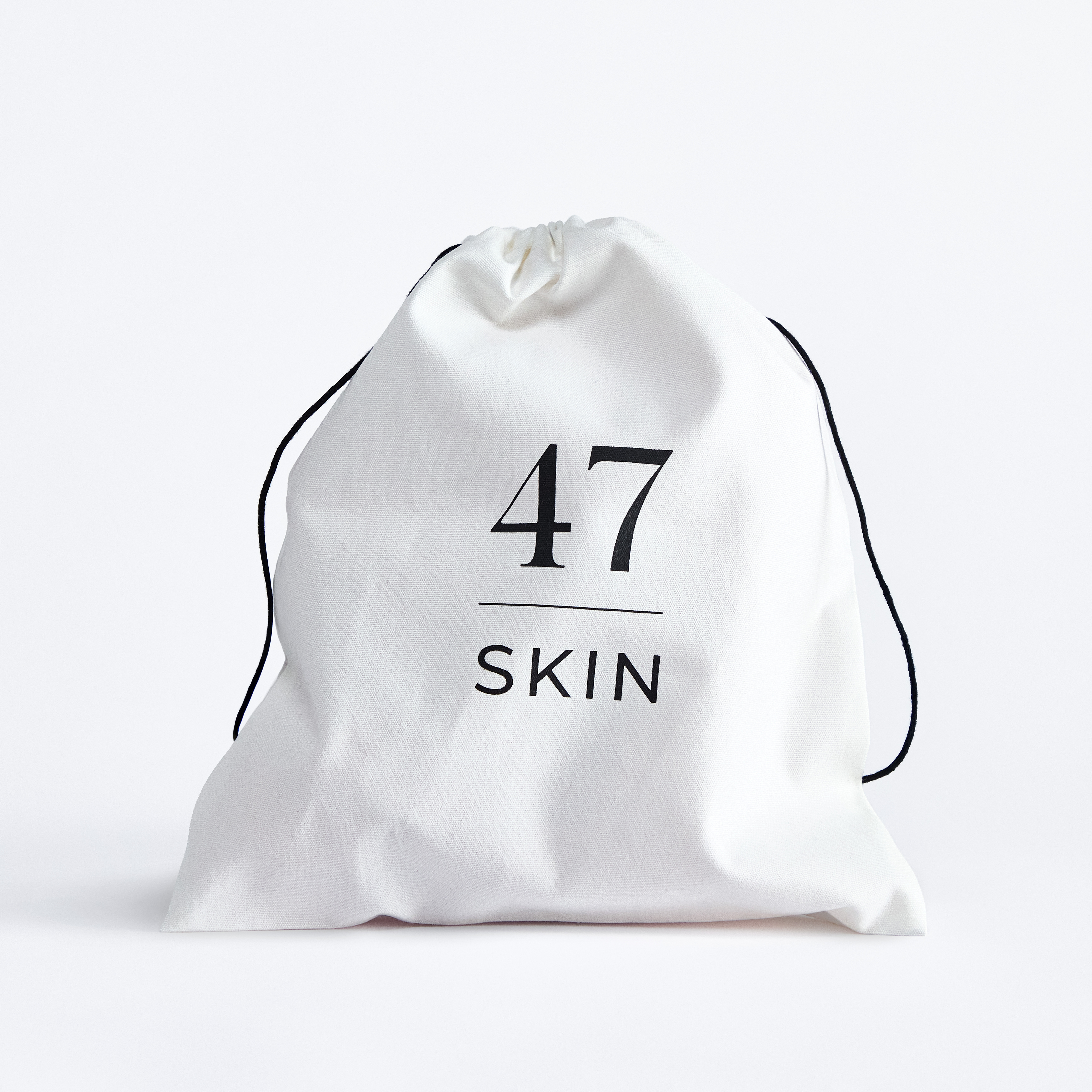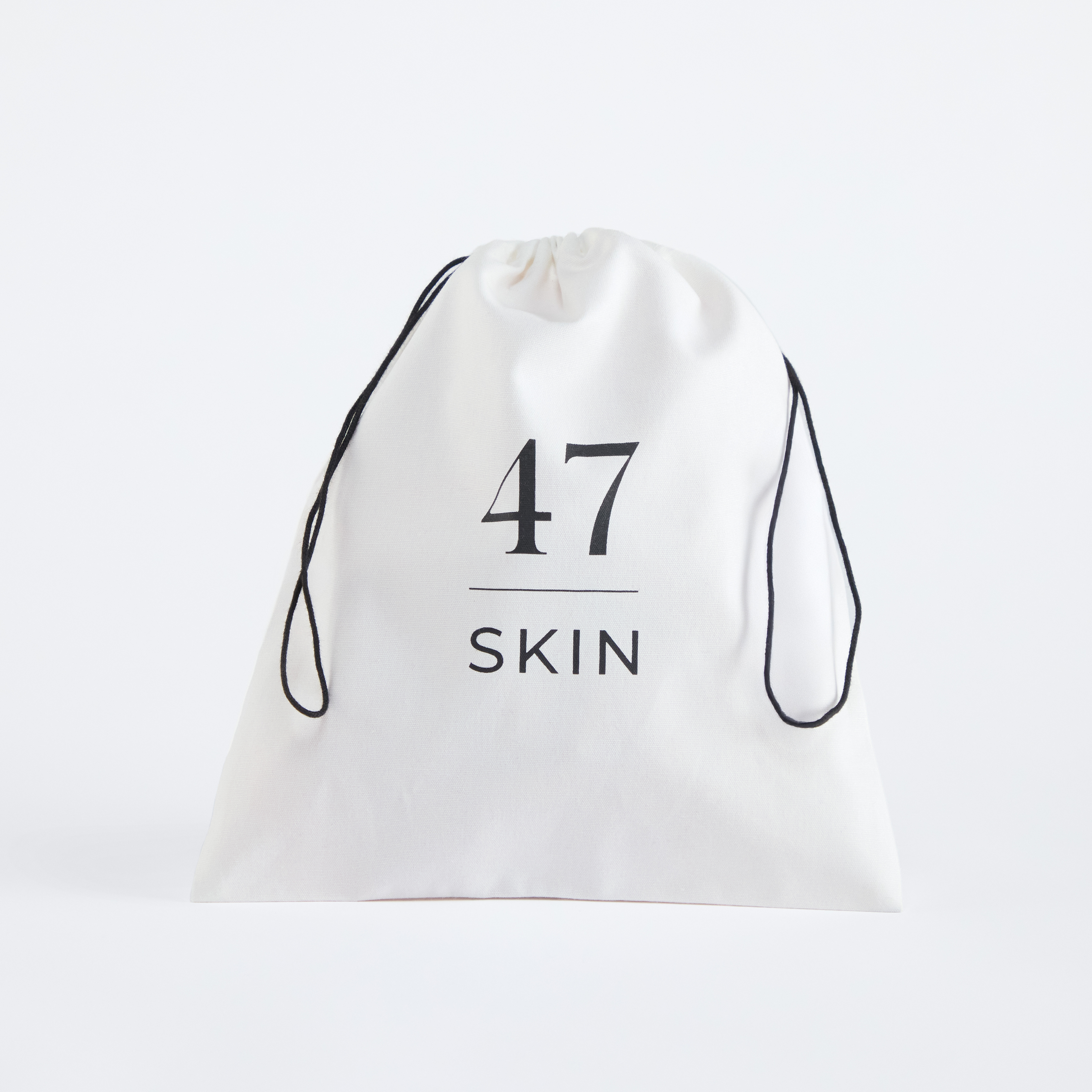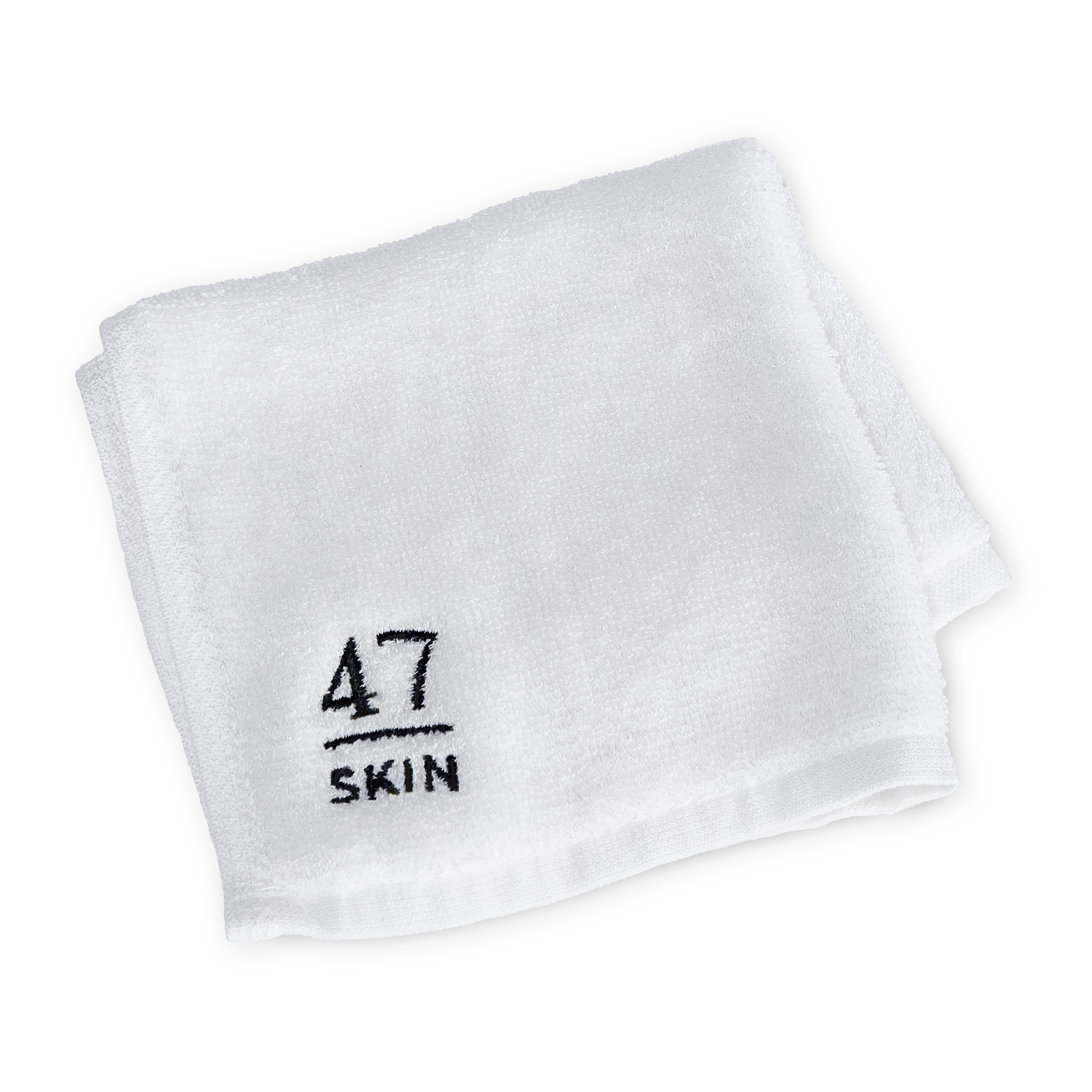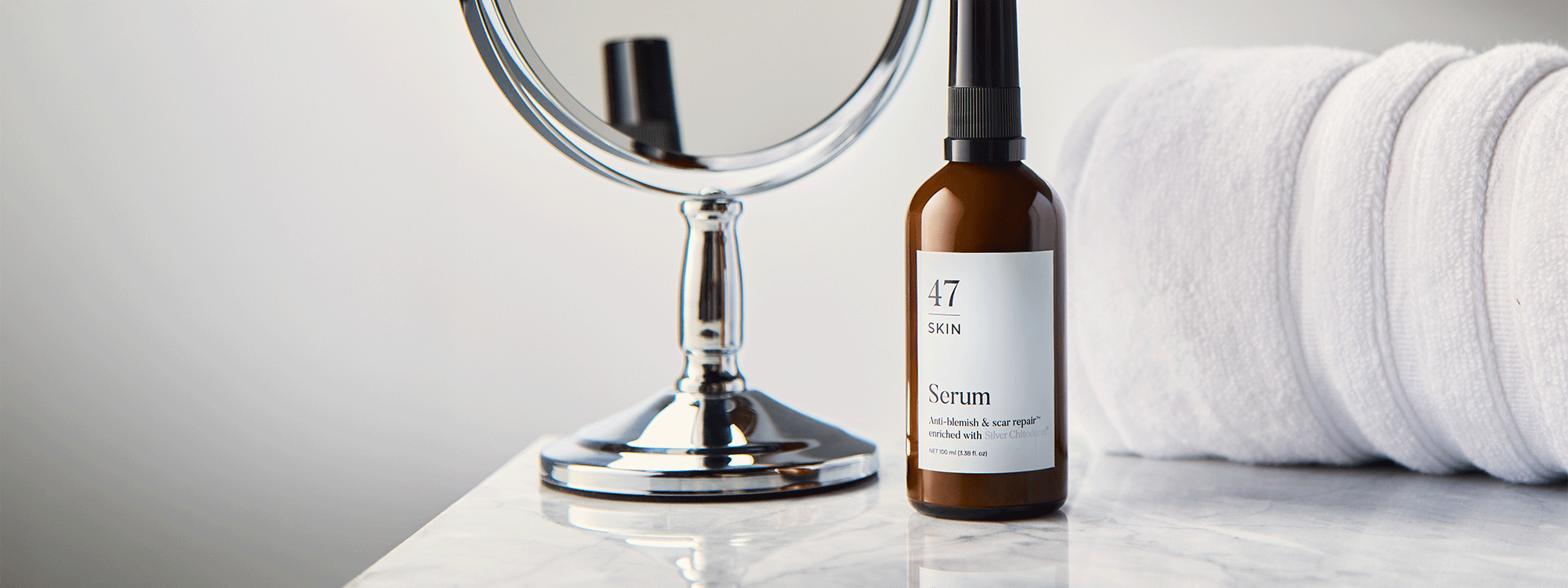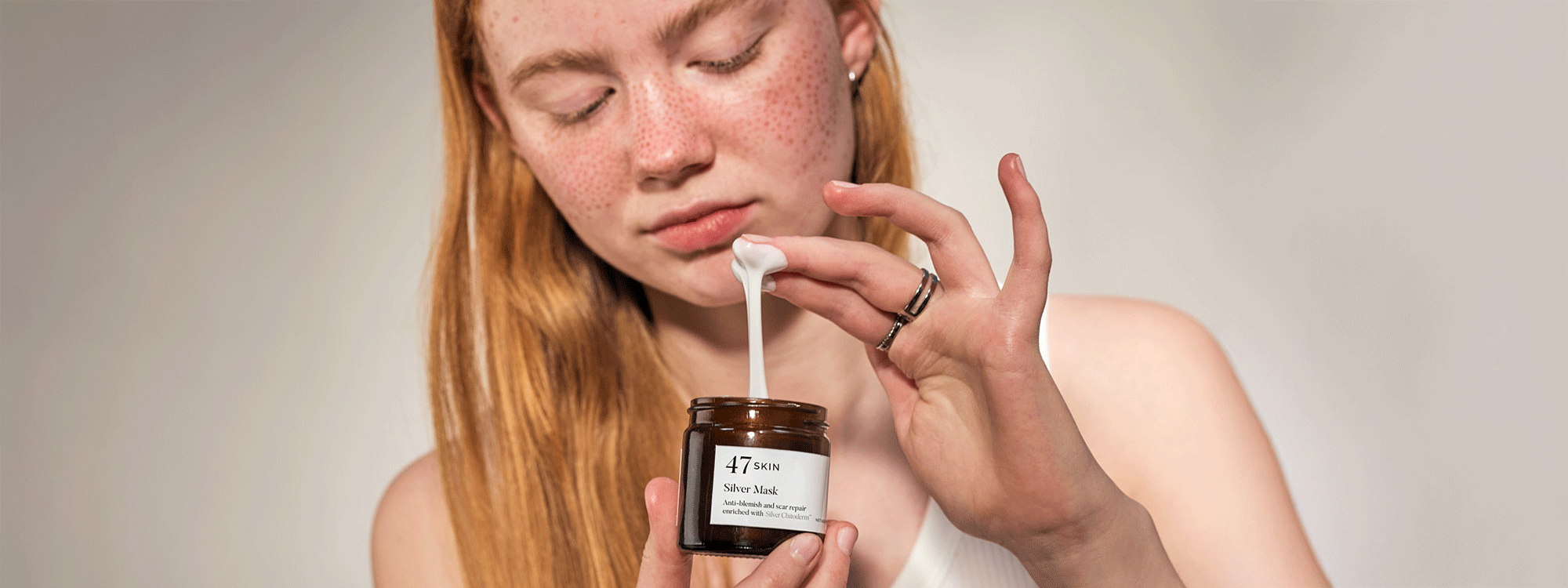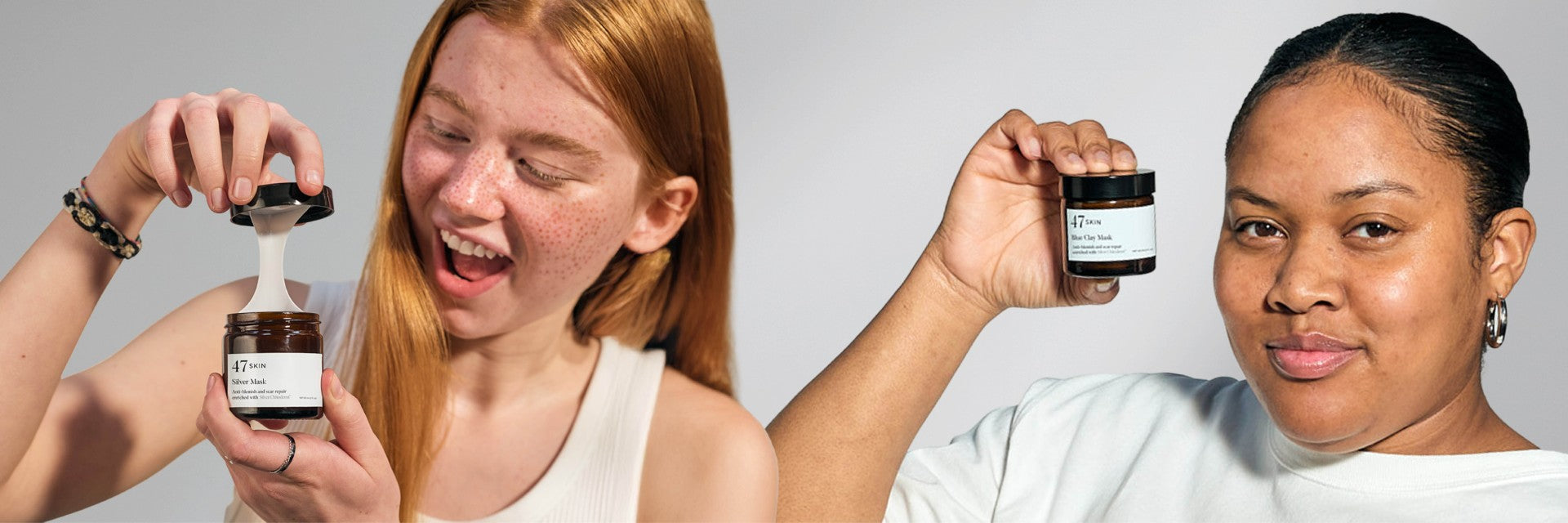
Blemishes vs Breakouts: What's the Difference?
We’ve all stood in front of the mirror, staring at an unwanted visitor on our face and wondering, “Is this a blemish or a breakout and does it even matter?” The answer is: yes, it does.
Understanding the difference between blemishes and breakouts can help you treat them more effectively, avoid making things worse, and choose skincare that works (instead of just hoping it will).
Let’s break it down clearly, simply, and with no confusing jargon.
What Are Blemishes?
A blemish is any mark, spot, or discolouration on the skin. It’s an umbrella term that includes everything from dark spots to scars, redness, uneven texture, and leftover marks from past breakouts.
Common types of blemishes include:
-
Post-inflammatory hyperpigmentation (dark marks left behind after a breakout)
-
Redness or blotchiness
-
Scars (from picking, squeezing or deep inflammation)
-
Sunspots or age spots
-
Uneven skin tone or texture
In short, blemishes are what’s left after your skin has been through something, whether that’s a pimple, sun exposure, or inflammation.
What Are Breakouts?
Breakouts, on the other hand, are active spots. They’re the pimples, pustules, blackheads, and cysts that form when pores get clogged with oil, dead skin, and bacteria. These are usually red, swollen, sometimes painful.
Breakouts can take several forms:
-
Whiteheads: Small, closed bumps with a white tip
-
Blackheads: Open pores filled with oxidised oil (not dirt!)
-
Papules: Red, inflamed bumps without pus
-
Pustules: Inflamed spots with a visible white centre
-
Cystic: Deep, painful lumps under the skin
Unlike blemishes, which are the aftermath, breakouts are the battle itself.
Why the Difference Matters
Knowing the difference between a blemish and a breakout changes how you treat your skin. Treating an old scar the same way you’d treat a fresh pimple? You could make things worse.
-
Breakouts need anti-bacterial, anti-inflammatory ingredients to calm swelling, kill bacteria, and prevent more spots.
-
Blemishes need brightening, skin-repairing ingredients to even out tone and texture over time.
How Silver Chitoderm® Helps With Both
This is where Silver Chitoderm® our patented blend of antimicrobial silver and bioactive Chitoderm shines.
For breakouts: Silver Chitoderm® targets blemish-causing bacteria, reduces inflammation, and speeds up healing without drying or irritating the skin.
For blemishes: It helps calm lingering redness and supports your skin’s natural repair process, reducing the chances of scarring or dark marks.
The result? You get fast support during a breakout, and longer-term benefits for clearer, more even skin overall.
How to Build a Routine for Blemishes and Breakouts
1. Start With a Gentle Cleanser
Choose a pH-balanced cleanser that removes dirt and oil without stripping the skin. Over-cleansing can dry you out and trigger more breakouts.
2. Treat Active Breakouts First
Use a serum or mask with Silver Chitoderm® to target bacteria and calm inflammation. Don’t try to ‘scrub’ spots away, you’ll only make them angrier.
3. Fade Blemishes With Brightening Ingredients
After your skin has healed, support it with ingredients like niacinamide, lactic acid, or vitamin C to help reduce discolouration and improve texture.
4. Moisturise (Yes, Even If You’re Oily)
Hydration helps heal spots faster and protects your skin barrier. Lightweight, non-comedogenic moisturisers are your best friend.
5. Wear SPF Daily
Sun exposure can make blemishes darker and more stubborn. An SPF designed for blemish-prone skin will protect without clogging pores.
Final Thoughts
Blemishes and breakouts might look similar, but they’re not the same and they deserve different kinds of care.
At 47 Skin, we know that real skincare means understanding your skin, not fighting it. Whether you’re dealing with an active breakout or the reminders it leaves behind, the right knowledge (and the right ingredients) can make all the difference.
Clearer, calmer skin is possible and we’re here to help you get there.
